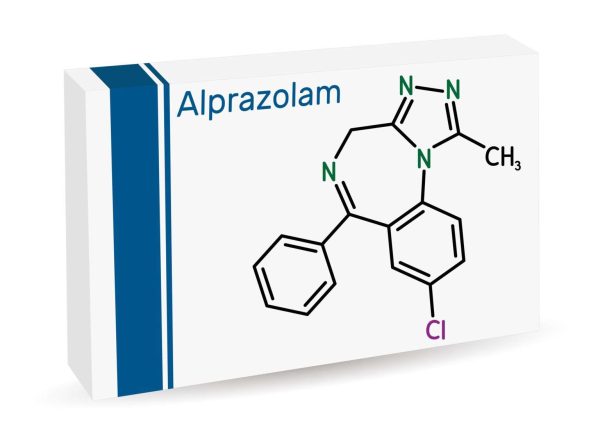
Tranquilizers
It is necessary to understand that these drugs were created as “disposable” medicines. Initially, they were conceived as symptomatic remedies for the treatment of anxiety. The authors of the historically first of them – diazepam (aka valium, seduxen, relanium, sibazone, etc.) assumed that a person who suffers from excessive anxiety can take diazepam from time to time in order to reduce the level of anxiety, tension and anxiety.
However, it soon became clear that all these drugs very quickly cause addiction and chemical dependence, that is, they themselves exhibit narcotic properties. Naturally, the formation of chemical and mental dependence in a former drug addict will occur faster than in the average person.
Drug addicts very often use drugs of this group to get a “high”. That is, drugs are not used for medicinal purposes, but either to enhance drug intoxication, or as an alternative to it.
In addition, all drugs in this group have an extremely narrow spectrum of therapeutic activity. They are very easy to get poisoned, some of them are a favorite means for suicide in adolescence. This is especially true of drugs that are “fashionable” among drug addicts, such as relanium and reladorm.
Most of the drugs in this group cannot be prescribed without the knowledge of a doctor for permanent admission.
Naturally, there are exceptions to any rule. There are a small number of tranquilizers that can be used to treat drug addiction.
Here, as an example, I would like to name the daily tranquilizer grandaxin, which, without causing addiction, helps to fight obsessive thoughts about the drug. This drug is able to cheer up a little, soften the so-called residual vegetative components of withdrawal syndrome: reduce trembling, unpleasant palpitations, sweating, etc. You just have to remember that it can not be given to the patient in the evening and at night, it can negatively affect sleep.
As you can see, when prescribing sedatives, a doctor has to constantly balance between two groups of substances dangerous for a former drug addict.
In each individual case, there is an optimal solution. But only a doctor can take it.
Side effects
Tranquilizers, unlike neuroleptics and antidepressants, do not give pronounced side effects and are well tolerated by patients. In many ways, this is why immediately after the introduction of chlordiazepoxide (elenium) into clinical practice in 1959, the number of newly synthesized tranquilizers grew avalanche-like, and now they have received the most widespread distribution among all medicines, since they are widely used not only in psychiatry, but also in somatic medicine, as well as by healthy people to remove the negative component emotional stress.
Hypersedation phenomena are subjectively noted, dose-dependent daytime sleepiness, decreased wakefulness, impaired concentration, forgetfulness, and others.
Muscle relaxation is a general weakness, weakness in various muscle groups.
“Behavioral toxicity” is a mild impairment of cognitive functions and psychomotor skills objectively noted during neuropsychological testing and manifested even at minimal dosages.
“Paradoxical” reactions – increased agitation and aggressiveness, sleep disorders (usually occur spontaneously or with a dose reduction).
Mental and physical dependence – occurs with prolonged use (6-12 months of continuous use) and is manifested by phenomena similar to neurotic anxiety.
